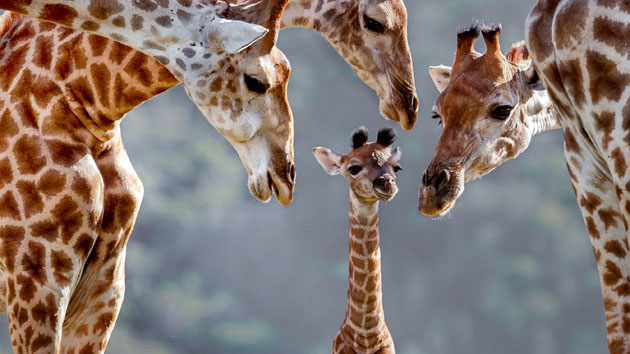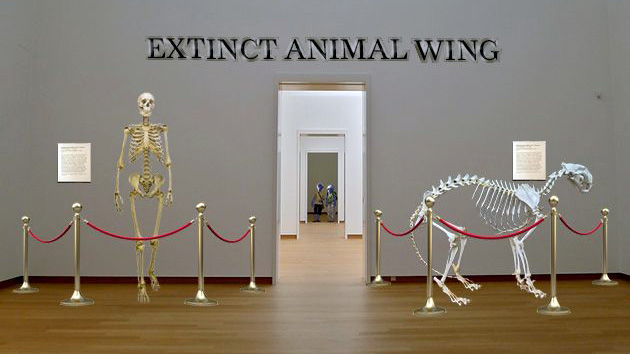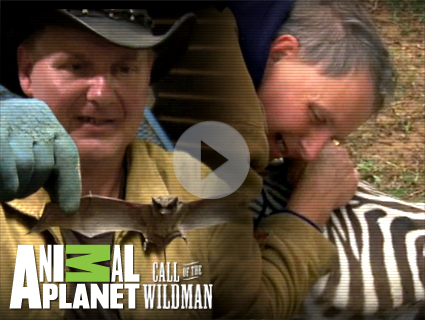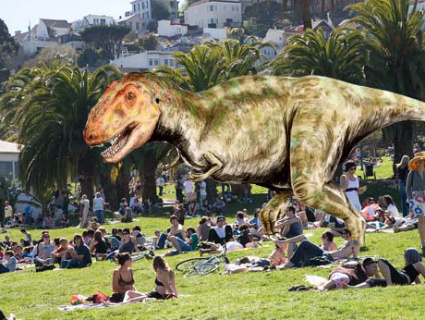
Boo hoo.<a href="http://www.zumapress.com/zpdtl.html?IMG=20130806_sha_cs9_971.jpg&CNT=52">Brendon Jennings</a>/ZUMA
Update, March 25, 2014, 2:35 p.m. ET: The zoo has reportedly killed 4 lions now, too.
A second Danish zoo has announced that it might kill a male giraffe. The news comes just days after the internet exploded with outrage when Marius the 18-month old giraffe was dispatched with a bolt gun and dissected in front of an audience that included children, before being fed to the lions at the Copenhagen Zoo. In a dark twist, the next potential euthanasia candidate, at the Jyllands Park zoo, is also named Marius.
The media circus began with protestors outside the Copenhagen Zoo on Sunday and a petition signed by 27,000 people to rehouse Marius in one of several zoos that had already indicated that their doors were open.
Then came the death threats to Bengt Holst, the zoo’s director of research and conservation. And the emotional opinion pieces.
As this debate rages, it’s crucial to remember that Marius was not just an exotic attraction: he was part of a larger conservation program that breeds animals with the specific goal of maintaining the diversity of each species’ gene pool.
Cruel though it may seem, the euthanasia of animals in captive breeding programs is routine, and necessary. As Holst explains, Marius’ genetic profile was overrepresented in the zoo’s larger conservation program. Allowing him to reproduce would put the genetic diversity of the captive species at risk of inbreeding. Misty McPhee, a University of Wisconsin-Oshkosh conservation biologist and captive breeding expert explains that inbreeding causes species to “suffer reduced reproductive success and reduced survival rate.”
The population of wild giraffes in Africa has seen dramatic reduction in the last 15 years, their numbers nearly cut in half by poaching, human population growth, and habitat loss. Captive breeding programs, like the one at the Copenhagen Zoo, are crucial in preserving the genetic diversity of the species and raising awareness about their dire situation. The European Association of Zoos and Aquaria (EAZA)—which links more than 340 organizations, including the Copenhagen Zoo—supported the humane euthanasia of Marius. So did the World Association of Zoos and Aquariums, the umbrella group whose network hosts over 700 million visitors each year.
“Sometimes,” Holst said, “you have to do something which is not so nice in order to achieve something which is very nice.” In other words, euthanizing one giraffe is sad, yes, but it is necessary to ensure healthy future generations. Holst uses the vaccination analogy: “it hurts when you get the needle, but it’s actually in order to ensure a better life after the vaccination, so you don’t get all the diseases.”
In the world of captive breeding, population control is a fact of life. In addition to the importance of genetic diversity, factors such as limited space and resources force veterinarians and zookeepers to make the difficult choice between birth control and euthanasia. In the United States, instead of euthanizing animals’ offspring, zoos tend to use hormonal contraceptives, despite their many potential side effects, which include renal failure. At the Copenhagen Zoo, like many European zoos, euthanasia is preferred because it gives the parent animals the experience of procreating and caring for their young, the last of the natural behaviors they can practice, given that they don’t hunt or avoid predators in captivity. So, in a sense, the purpose of Marius’ existence was to provide his mother the experience of procreation.
Everyone is asking, well, couldn’t they have moved Marius elsewhere? Several zoos, including one in the UK and one in Sweden, had offered to house him. “It’s not a question of just putting the animal away somewhere,” Holst explains in the video. “It has to be the right place.” The UK zoo is part of the same EAZA breeding program, so simply transporting the animal to a different place wouldn’t have solved the problem that Marius’ genetic composition posed. As for the other zoos outside the organization, EAZA director Lesley Dickie wrote in a CNN opinion piece that his organization “cannot in good conscience recommend the transfer of animals… to zoos which are not… subject to our strict standards of animal husbandry and welfare.”
Why not release the giraffe into the wild? Conservation biologists barely deign to answer this question because, though reintroduction can be successful in very specific programs, simply loosing a giraffe born in captivity into the wild makes no sense at all. He would have lacked predator awareness and the necessary skills for survival.
Finally, folks were horrified that the zoo opened the giraffe’s autopsy to the public, and then fed his remains to the lions. But as it turns out public autopsies, intended to educate viewers on the internal organs of these majestic creatures, are common practice at the Copenhagen Zoo. Likewise, as Radio Lab investigated, zoo reformers are increasingly feeding their carnivores whole carcasses, because the hamburger-like “meatsicles” found in many zoos produce “overweight, lethargic, unhappy animals.”
The death of Marius is regrettable, but attacking the conservationists and veterinarians responsible misses the larger point: that Marius’ species is in jeopardy because of poaching and human degradation of his natural environment. What’s more, he was fed to the carnivores in the zoo, as a conservationist friend of mine noted, so “to be honest, Marius probably led a more accurate life to his wild brethren than most of the captive giraffes around him.”












